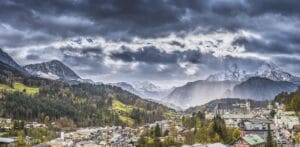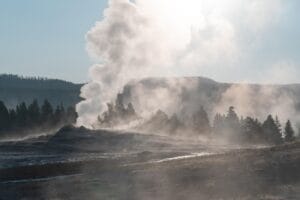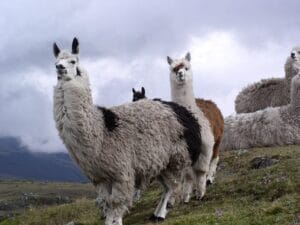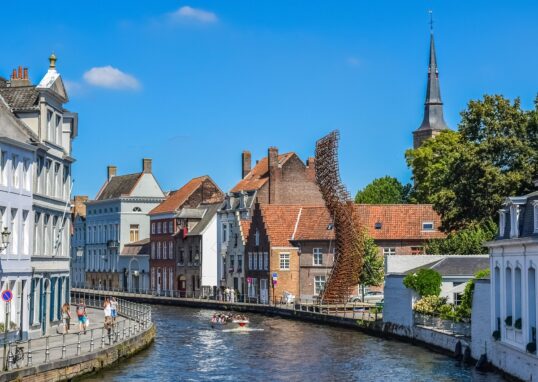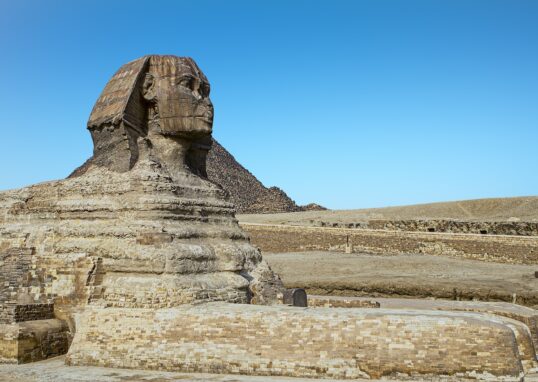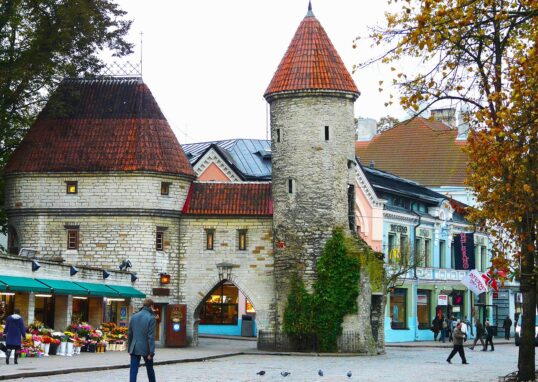
Discovering Sangay National Park: A Natural Treasure of Ecuador
Sangay National Park is one of the most stunning and exotic locations in Ecuador. It is situated in the middle of Ecuador. This park is a UNESCO World Heritage Property. It was designated as such in 1983. The park features a diverse range of landscapes. It features snow-capped mountains, volcanoes, rainforests, rivers, and grasslands. Here, in this blog, we are going to discover the beauty of Sangay National Park. You will learn about its geography, animals, flora, people, and how to get there. We write short sentences and use simple words so that everything is easy to read.
The Geography of Sangay National Park
Firstly, let’s discuss where the park is located and what it is like. Central Ecuador is where Sangay National Park lies. It crosses three separate provinces: Tungurahua, Chimborazo, and Morona Santiago. The park is a total of about 5,177 square kilometers. That is just huge! In this park, there are various types of land. You will be experiencing mountains, valleys, rivers, and forests. One of the special things about the park is its three volcanoes.
- The Sangay Volcano is very active. It often erupts and makes new land.
- Tungurahua Volcano is also active. It is known for its powerful eruptions.
- El Altar Volcano is not active anymore. It has a collapsed crater and beautiful views.
These volcanoes make the land around them very rich. They help many plants grow. They also create different climates and habitats.
Ecosystems and Landscapes
Sangay National Park is special because it has many different ecosystems. That means it has many types of natural environments. You can see snowy mountains. You can also see green forests teeming with life. There are also the “páramo” zones. These are grasslands that are cold and grow high in the mountains. Some areas of the park even extend to the rim of the Amazon jungle. So, in one park, you can look at glaciers and the jungle! This combination of soil and weather supports the life of thousands of different animals and plants.
Amazing Animals
Let’s see some of the animals staying in the park. Sangay National Park has hundreds of species of animals.
- Mountain Tapir is one of the rare animals here. Mountain Tapir is a shy, docile animal.
- Spectacled Bear inhabits the forest regions. The Spectacled Bear is the only bear in South America.
- Giant Otter swims in the rivers. It is playful and smart. Condor flies high in the sky. It is a symbol of the Andes.
There are also many kinds of birds, frogs, monkeys, and insects. Some of them are not found anywhere else in the world. Because of all these animals, the park is very important for nature.
Beautiful Plants
The vegetation of Sangay National Park is equally wonderful. There are dense green forests. There are flowers and tall trees. There are ferns, mosses, and orchids, too. Some of the forest is cloud forest. Cloud forests are damp and misty forests. They are teeming with life. You will find plants that thrive in cold conditions high up in the mountains. These are low bushes and grass. All of these plants serve to purify the air. They provide food and shelter for animals as well.
Indigenous People and Culture
The park is not just populated with animals. It is also inhabited by people. Indigenous peoples like the Shuar, Puruhá, and Cñari reside around the park. These individuals have resided here for centuries. They are familiar with the land. They utilize plants as food and medicine. They hunt and fish carefully. They also possess stories and traditions handed down over many generations. Now, they assist in the protection of the park. They collaborate with scientists and rangers. Their expertise is extremely useful.
Activities and Adventures
If you enjoy nature and hiking, then Sangay National Park is ideal for you. Many trails for walking and hiking. Some go up to the volcanoes while the rest pass through forests and along rivers. You can also do bird watching. The park is great for spotting rare birds. Camping is allowed in some areas. Spend the night under the stars. Just a reminder, though. Some of these areas are hard to reach. Better to go with a guide.
Climate and Best Time to Visit
The weather in Sangay National Park changes a lot. It depends on the altitude and the area you visit. In the high mountains, it can be very cold. In the rainforest areas, it is warm and wet. The cloud forest is cool and misty. The best time to visit is from June to September. These months are drier and safer for hiking. But the weather can change quickly, so be prepared. Always bring warm clothing, rainwear, and sturdy shoes. It’s always better to be prepared for everything.
How to Get There
Getting to Sangay National Park is an adventure in itself. There are various entrances to the park. Some are more accessible than others. You can go from cities such as Riobamba, Baños, or Macas. From there on, you might need a car or a local guide. The roads may be rough, and the signs are not always clear. So it’s best to plan. Local tour companies can help organize your trip. Some areas need permits, so check with park offices before you go.
Conservation and Threats
Sangay National Park is a protected area. But it still has some problems. Illegal hunting and logging can harm animals and forests. Agriculture and roads can harm the planet, too. That’s why scientists and rangers work hard to protect it. They check the ground and try not to harm it. You can do your part too by staying protected in the park and preserving nature.
Nearby Tourist Attractions
When you visit Sangay National Park, there are plenty of good places to visit, too. There are places with history, adventure, culture, and beautiful nature. There are some of the best places to visit around the park:
Baños de Agua Santa
Baños is a charming town close to the northern edge of Sangay National Park. Baños features hot springs and waterfalls. The tourists like soaking in thermal baths or going to the mythical “Pailón del Diablo” waterfall. There are plenty of adventure sports like ziplining, rafting, and mountain bike riding available.
Riobamba
Riobamba is a city to the west of the park. It is where most tourists begin when visiting Sangay. The city has a history and colonial architecture. It’s also close to Chimborazo Volcano, the highest mountain in Ecuador. You can go to the Chimborazo Fauna Reserve and view llamas and alpacas.
Alausí and the Devil’s Nose Train
Alausi is a small town that is famous for its breathtaking views on the train ride. The Devil’s Nose is one of the most touristic journeys by train in South America. It zigzags through the steep mountain slopes, providing marvellous views. This is an entertaining and privileged way to discover the Andean landscape.
Macas
Macas is located in the Amazon region, east of the park. This town gives you a taste of Amazon culture and food. You can visit nearby rivers, take jungle tours, and learn about the Shuar culture. It’s a great stop for travelers heading deeper into the rainforest.
Guamote Market
Guamote is a small mountain town, but there’s a huge local market every Thursday, and you can see a lot of traditional clothing, food, and crafts. It’s a really great way to experience authentic Andean culture and help out local communities.
Ingapirca Ruins
Though a bit further south, the Ingapirca Ruins are worth visiting. These are the best-preserved Inca ruins in Ecuador. They show the mix of Inca and Cañari culture. The Temple of the Sun is especially impressive. You can walk through ancient stone paths and learn about pre-Columbian life.
UNESCO Heritage Details
Sangay National Park was established as a UNESCO World Heritage Site in 1983. That makes it important to the whole world. It is one of the only parks that has glaciers and rainforest. Its natural landscapes and wildlife are rare and special. UNESCO preserves the park with education and conservation programs. That protects the park for future generations.
Conclusion
Sangay National Park is truly a gem of Ecuador. It’s the sort of destination where you can see volcanoes, rainforests, glaciers, and wildlife all within one national park. This park shows us the tremendous power of nature and the importance of keeping our world intact. To begin with, the park possesses exotic and breathtaking animals. Individuals get a chance to see spectacled bears, mountain tapirs, as well as flying Andean condors above. These animals are not common and need to be protected in places like Sangay for them to survive. Then the scenery is just beautiful. You can trek through green forests, ascend steep volcanoes, or unwind by serene lakes. All parts of the park are distinctive in their own right. It provides each visitor with an opportunity to explore and enjoy nature as they would like. Furthermore, Sangay is important to conservation and science. The park helps to save a great deal of animals and plants from extinction. It also maintains climate balance by protecting forests and untainted sources of water.
